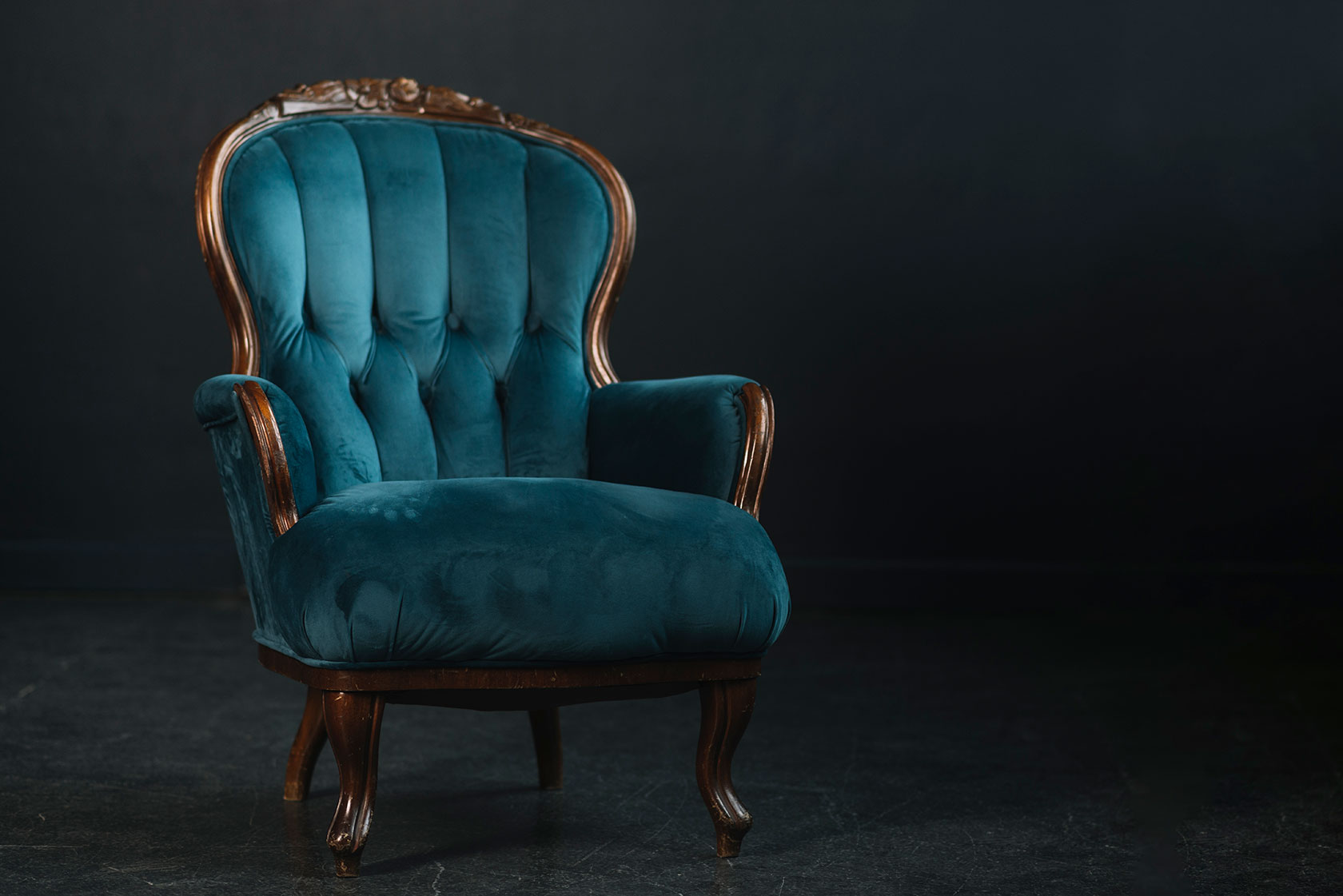
The Most Suitable Natural Fabrics For Our Skin
There are several biological origins (vegetable or animal) on which we should focus, preferring them to those of low quality. Fortunately, in recent years the tendency to go back to natural fibers has been growing, but not everyone knows what they are and why we should prefer synthetic ones.
Among the natural furnishing fabrics with a low environmental impact and more hygienic, we find cotton, a very light and breathable fabric, also perfect for underwear and for the garments we wear at night; for this very reason, some historical brands such as Yorkshire Fabric also offer pajamas for men made with organic cotton. Linen is another excellent natural fabric, breathable, resistant (more than cotton), and fresh to the touch; the only flaw concerns its being rougher, a feature that makes clothing made with this material crease quickly. Silk is also a natural material, this time of animal origin, already used millennia ago to produce quality clothes, together with wool, which, contrary to what one is led to think, is a highly breathable fabric, as well as being anti-odor.
Synthetic Fabrics: That’s Why We Should Avoid Them
Since the early twentieth century, the textile sector has experienced a real revolution due to synthetic fabrics for various uses like the roman blinds fabric, curtain fabrics, designer fabrics made with fibers derived from petroleum, and obtained through chemical processes.
Some synthetic fabrics are still widely used in the clothing industry and are preferred for some characteristics to cotton and linen, for example, but should be avoided for our skin and the environment. This type of fabric (nylon, acrylic, elastane, Gore-tex) has a low biodegradability rate due to its composition. It requires the use of fewer and fewer resources less available in nature for their processing. And that’s not all: the production phases of these synthetic fibers, unfortunately, release many harmful chemicals into the air and do not allow the skin to breathe, causing stagnation of sweat, itching, and irritation due to the proliferation of bacteria, which is why it is advisable to avoid them the purchase or at least radically limit its use.
.tdi_67_ff3.td-a-rec{text-align:center}.tdi_67_ff3 .td-element-style{z-index:-1}.tdi_67_ff3.td-a-rec-img{text-align:left}.tdi_67_ff3.td-a-rec-img img{margin:0 auto 0 0}@media (max-width:767px){.tdi_67_ff3.td-a-rec-img{text-align:center}}
How To Choose The Perfect Pattern-Fabric Combination
In the Yorkshire Fabric Shop, you may, at times, feel a little overwhelmed, especially if you are a beginner. It’s an exciting thing, but it can be a bit complicated! Too many options to choose from, and you often don’t know where to start. Don’t panic!
First of all, the reasons for doing this kind of shopping can be two: you may have a great new pattern that you are eager to try and are looking for something specific, a type of fabric that you already have in mind, or you love to buy new designer upholstery fabrics. And you are looking for inspiration. It’s great when you touch fabric, and it seems to be telling you what he wants to be when he grows up! Don’t you find it?
Summary:
So these are the two possible reasons that push you to enter an upholstery fabric shop and, even if they require two completely different approaches, they both have one rule in common: always choose upholstery fabric and pattern that work best together! Otherwise, the chances of being severely disappointed at the end of your project are excellent.

